
Check Your Skin for Liver Problems: If You See These 3 Colors—Red, Black, or Yellow—See a Doctor Before It’s Too Late!
Check Your Skin for Liver Problems: If You See These 3 Colors—Red, Black, or Yellow—See a Doctor Before It’s Too Late!
Don’t ignore these skin changes—they could be a warning that your liver is overloaded with toxins and disease is quietly advancing.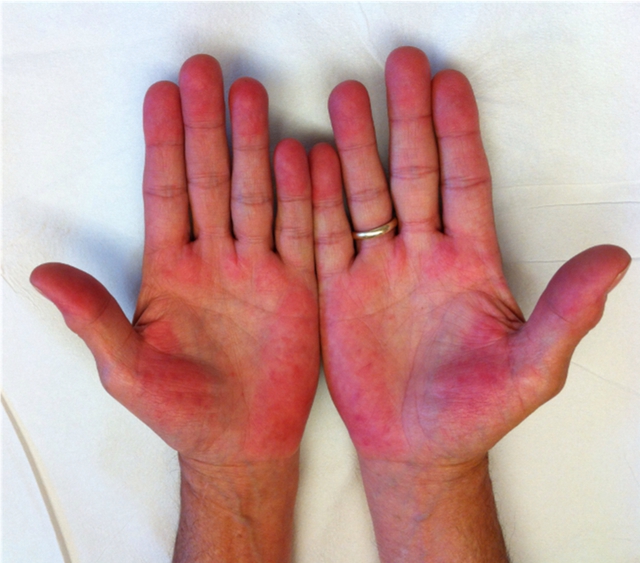
When people notice changes in their skin, they often assume it’s just a dermatological issue. However, the liver is the body’s primary detoxification and metabolic organ. When its function declines, the skin may show several unusual signs. Among these, changes in skin color are the most critical. If your skin turns red, black, or yellow, your liver may be signaling for help.
1. Red: Reddish Palms and Spider Angiomas
Red palms, also known as “palmar erythema” or “liver palms,” are a common sign of liver dysfunction. When the liver is damaged, tiny blood vessels in the palms dilate, causing an unusual reddish hue, often accompanied by warmth and excessive sweating. Pressing on the area temporarily fades the redness, which returns upon release. This is often seen in individuals with cirrhosis, fatty liver disease, or liver cancer.
Another red indicator is the appearance of spider angiomas—tiny, spider-like blood vessels with a central red spot and radiating branches. Pressing the center causes the “legs” to temporarily disappear, returning once pressure is released. These are common in cases of acute hepatitis or advanced cirrhosis.
Spider angiomas may develop due to liver tumors obstructing blood flow, leading to capillary dilation. Additionally, liver dysfunction can increase estrogen levels, which contribute to the appearance of these red marks, typically found on the face, neck, chest, and arms—areas rich in capillaries.
2. Black: Darkened Facial Skin and Under-Eye Circles
Doctors often assess liver health by examining skin tone, especially around the face and eyes. A face that gradually darkens or becomes dull and rough may indicate abnormal melanin metabolism or bilirubin accumulation on the skin’s surface—both signs of an overburdened liver. The result is skin that looks tired, discolored, and lifeless.
One of the clearest signs of liver trouble is pronounced dark circles under the eyes. When the liver weakens, its ability to store and circulate blood diminishes, causing blood congestion that darkens the area around the eyes, sometimes even leading to mild puffiness. The liver also affects iron metabolism; when impaired, iron can accumulate in the skin, making under-eye darkness more prominent. Even with adequate sleep, the discoloration may worsen over time.
Since the eye area is prone to toxin buildup, don’t overlook abnormally dark under-eye circles. Get your liver checked early.
3. Yellow: Unusual Yellowing of the Skin and Eyes
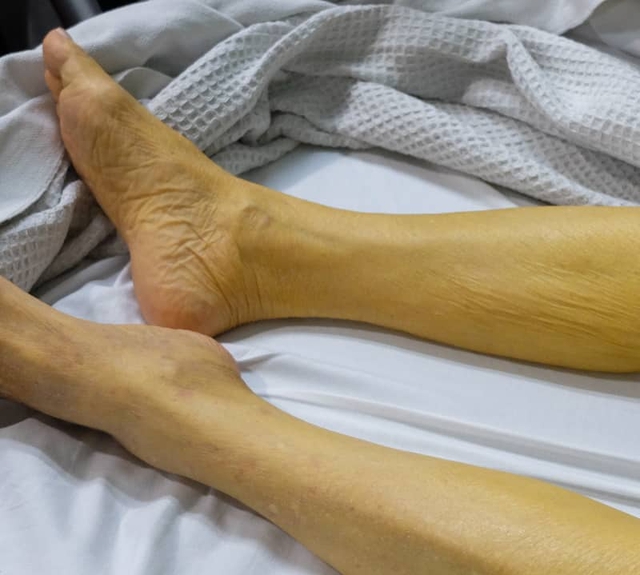
Jaundice—yellowing of the skin and eyes—is one of the most common early signs of liver disease, especially liver cancer. This happens when the liver fails to process bilirubin, a yellow pigment produced during red blood cell breakdown. When the liver can’t eliminate bilirubin efficiently, it accumulates in the blood and seeps into the skin, eyes, tongue, palms, and soles, causing visible yellowing.
Patients may also experience persistent itching, discomfort, and unexplained weight loss—key signs of advanced cirrhosis or liver failure.
In some cases, jaundice may result from a liver tumor pressing against the bile ducts, blocking bile flow. Liver cancer that develops on top of cirrhosis can also destroy the liver’s ability to filter bilirubin. Telltale signs include yellow eyes, yellow fingernails, and dark urine—which help differentiate liver-related jaundice from other causes.
Conclusion
Your skin can reflect your liver’s health more than you think. If you notice unusual redness, darkening, or yellowing—especially combined with fatigue, itching, or weight loss—it’s important to consult a doctor promptly. Early detection can make all the difference in managing liver conditions and preventing serious complications.
News in the same category


A 41-Year-Old Woman Discovers Sto.mach Can.cer from Digestive Symptoms Many People Often Overlook
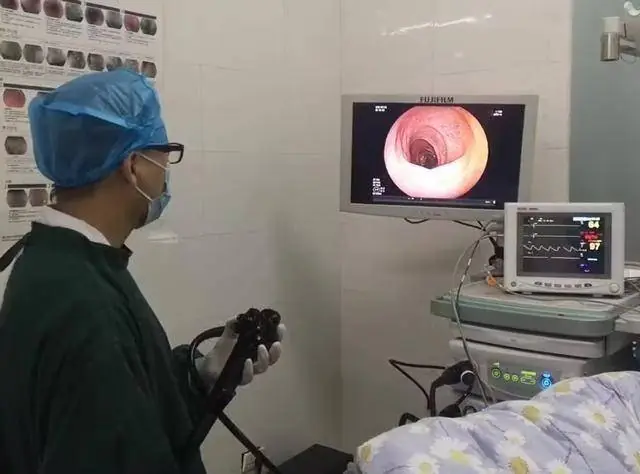
People with Colorectal Can.cer Often Share 4 Habits — Hopefully You Don’t Have Any of Them

Put eggshells in a pan to dry roast, many great uses, save a lot of money
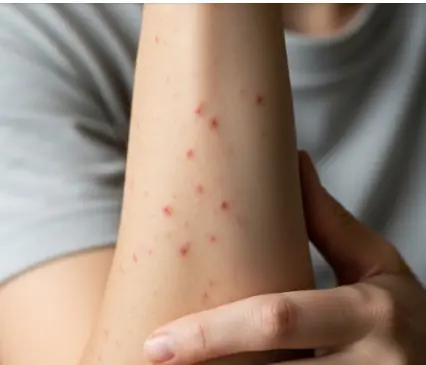
11 Reasons Why You Have Red Dots On Your Skin
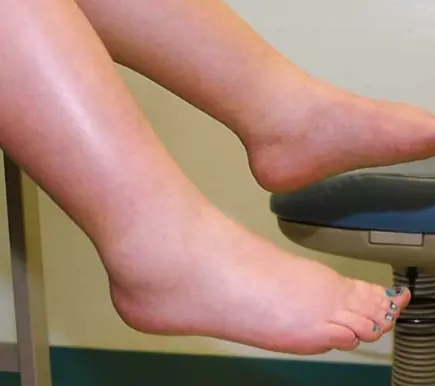
The 5 Best Nutrients to Reduce Swelling in the Feet and Legs
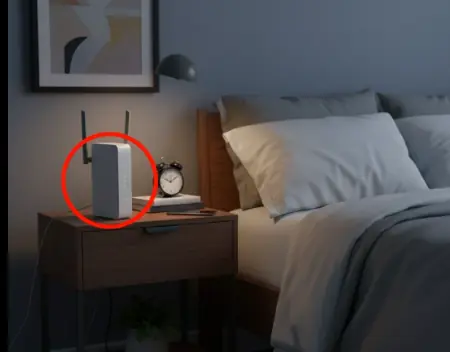
Indoor Air Quality: 6 Common Household Items That May Affect Your Lungs — And How to Use Them Safely

3 Vegetables That Support Cancer Prevention — Backed by Science
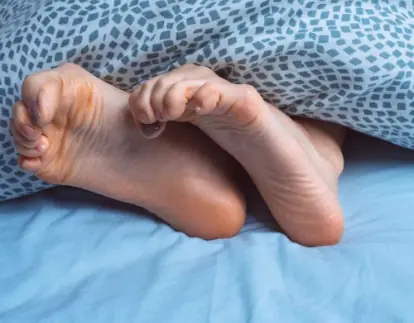
Leg Cramps at Night: Causes, Prevention & Treatment
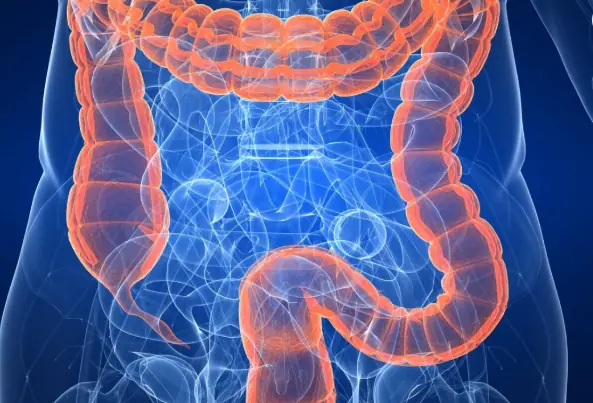
The Ten Foods You Should Start Eating Now to Cleanse Your Colon

5 Signs Your Lungs are Being Exposed to Mold
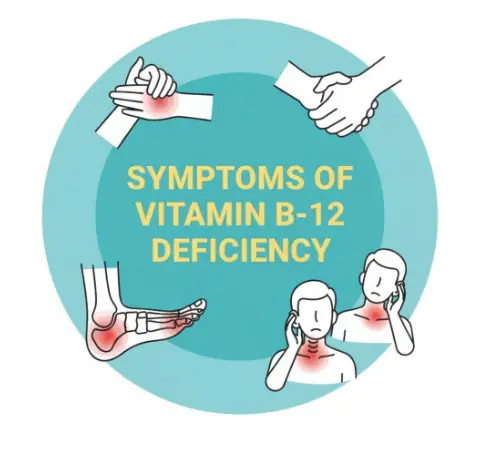
4 alarming symptoms of vitamin B12 deficiency you can’t ignore!

Why You Wake Up to Pee at Night (and How to Stop It for Good!)
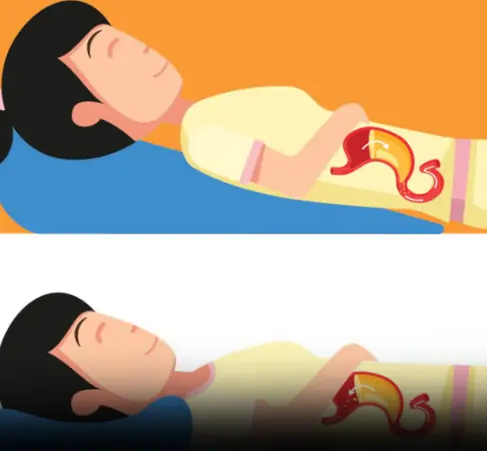
3 Ways to Stop Acid Reflux Naturally
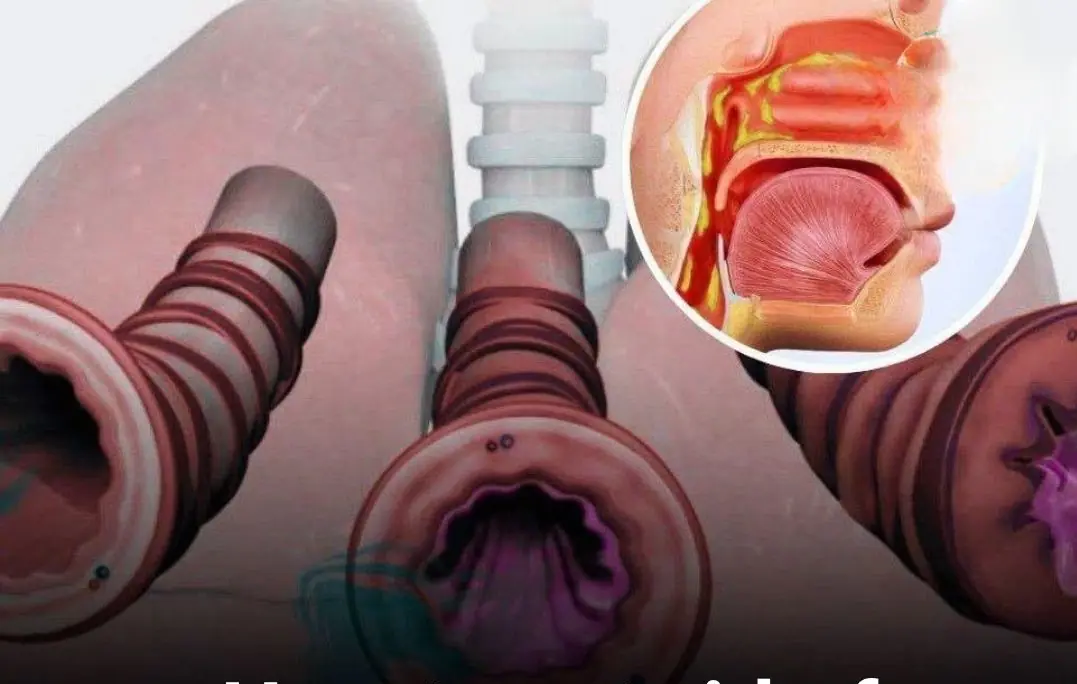
Thankfully, there are several things you can do at home to help clear mucus and breathe easier
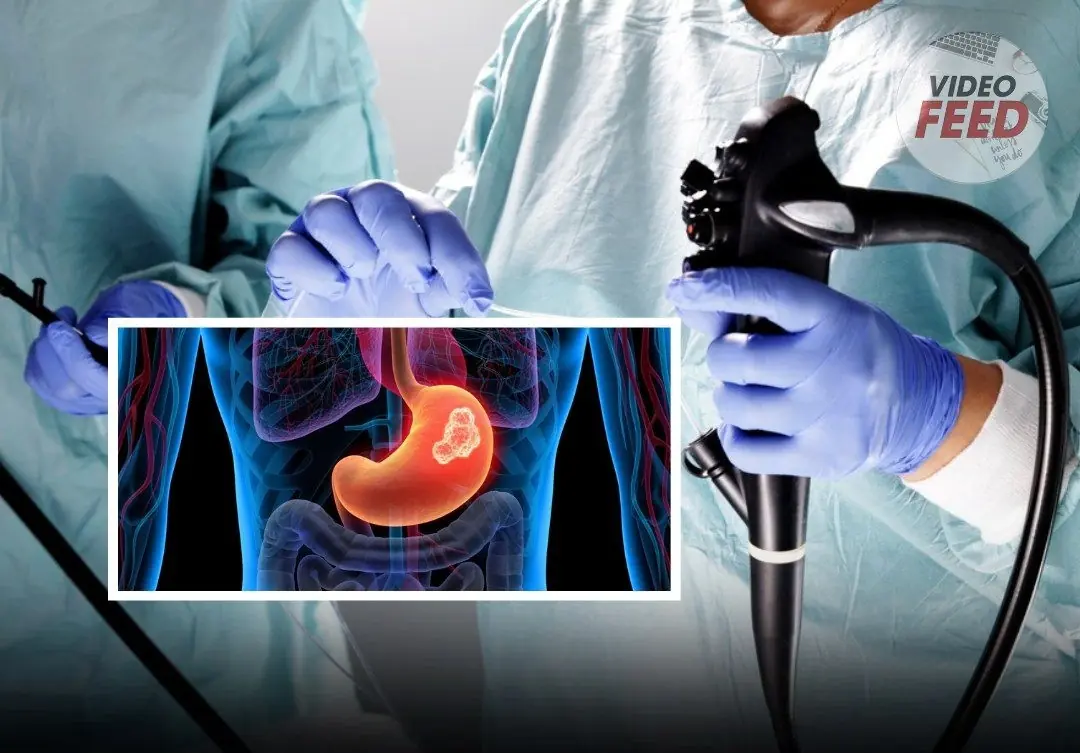
Most cases of stomach can:cer are detected too late.
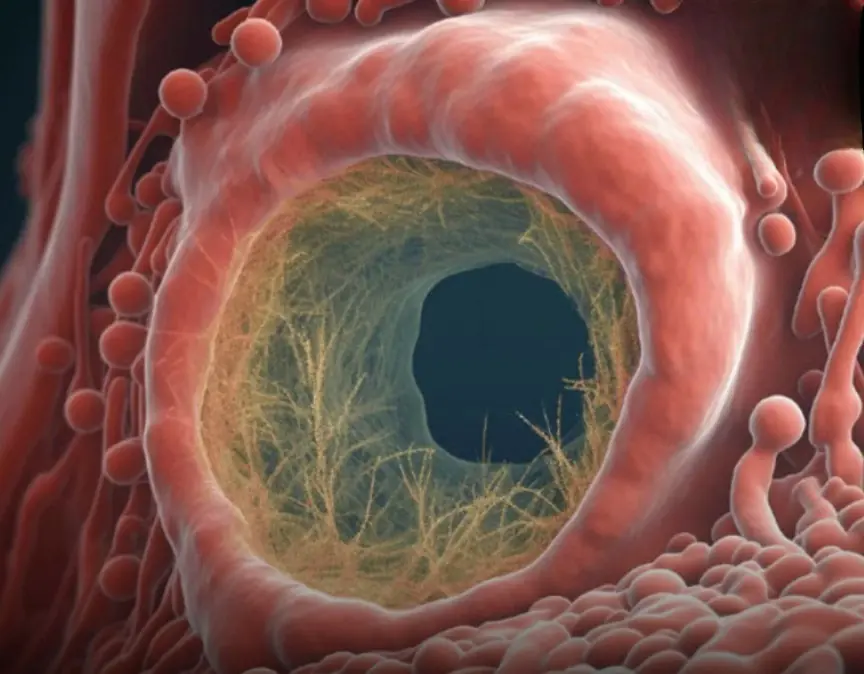
Intestinal polyps often show 4 signs when you go to the toilet — act before it reaches the final stage
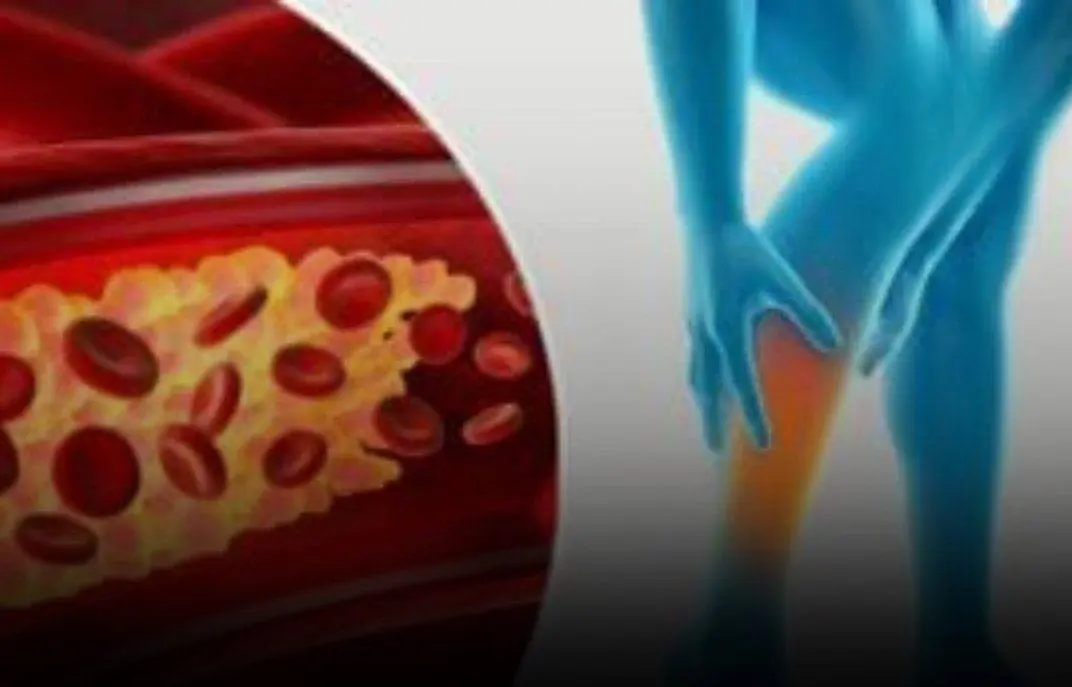
Your feet could be signaling that your arteries are clogged.

Avoid these drinks before bedtime — they could keep you tossing and turning all night!
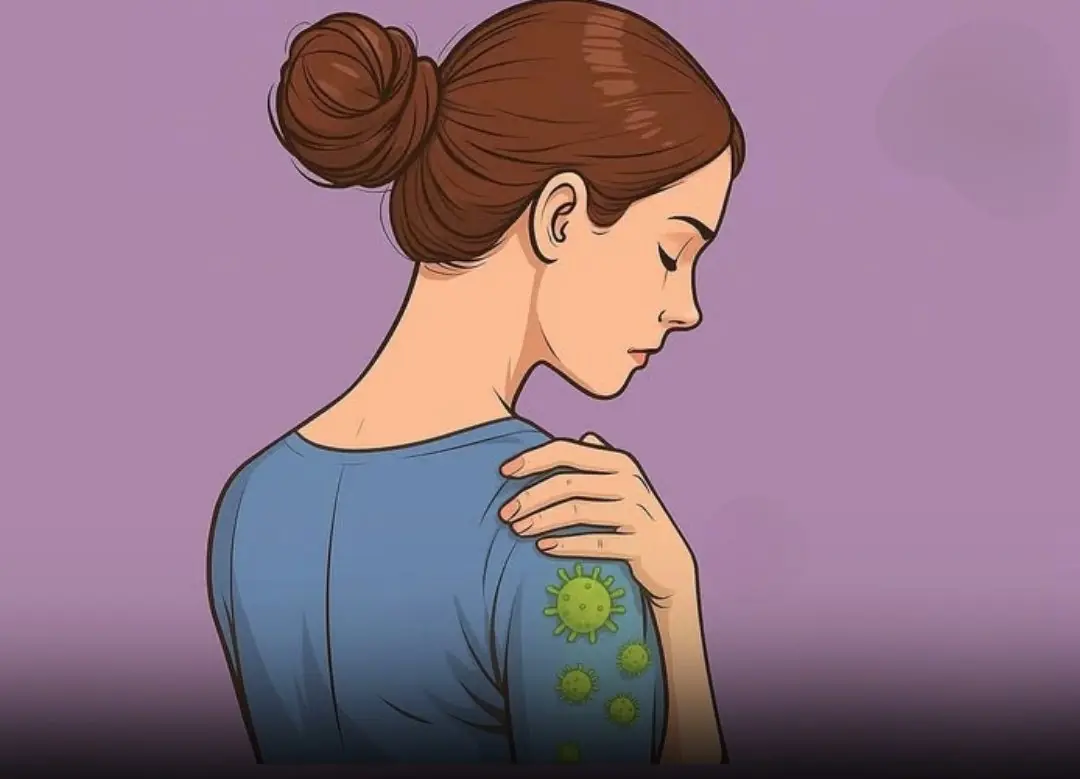
Your body may be signaling can:cer with these 5 hidden warning signs
News Post

Can.cer Doesn’t Happen by Chance: 3 Foods That Quietly Fuel Malignant Cells

A 41-Year-Old Woman Discovers Sto.mach Can.cer from Digestive Symptoms Many People Often Overlook

People with Colorectal Can.cer Often Share 4 Habits — Hopefully You Don’t Have Any of Them

Put eggshells in a pan to dry roast, many great uses, save a lot of money

11 Reasons Why You Have Red Dots On Your Skin

The 5 Best Nutrients to Reduce Swelling in the Feet and Legs

Indoor Air Quality: 6 Common Household Items That May Affect Your Lungs — And How to Use Them Safely

3 Vegetables That Support Cancer Prevention — Backed by Science

Leg Cramps at Night: Causes, Prevention & Treatment
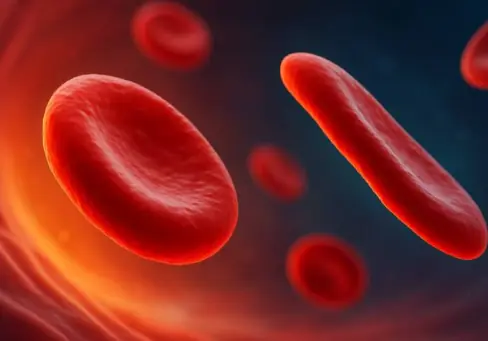
Proven Foods, Supplements and Vitamins That Act as Powerful Natural Blood Thinners

The Ten Foods You Should Start Eating Now to Cleanse Your Colon

5 Signs Your Lungs are Being Exposed to Mold

4 alarming symptoms of vitamin B12 deficiency you can’t ignore!

Why You Wake Up to Pee at Night (and How to Stop It for Good!)

3 Ways to Stop Acid Reflux Naturally

Thankfully, there are several things you can do at home to help clear mucus and breathe easier

Most cases of stomach can:cer are detected too late.

Intestinal polyps often show 4 signs when you go to the toilet — act before it reaches the final stage

Your feet could be signaling that your arteries are clogged.
